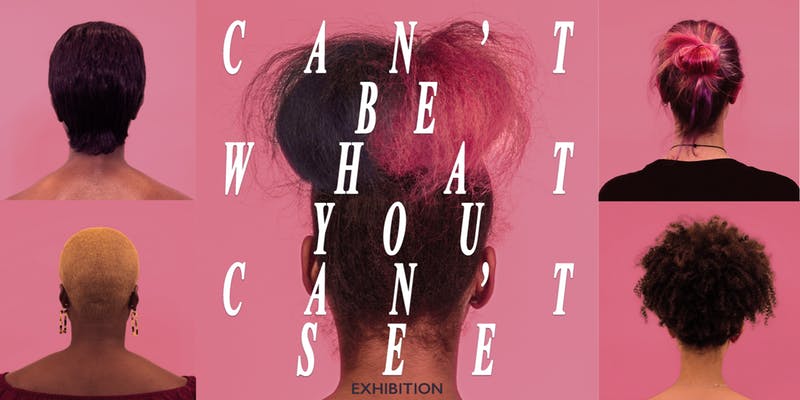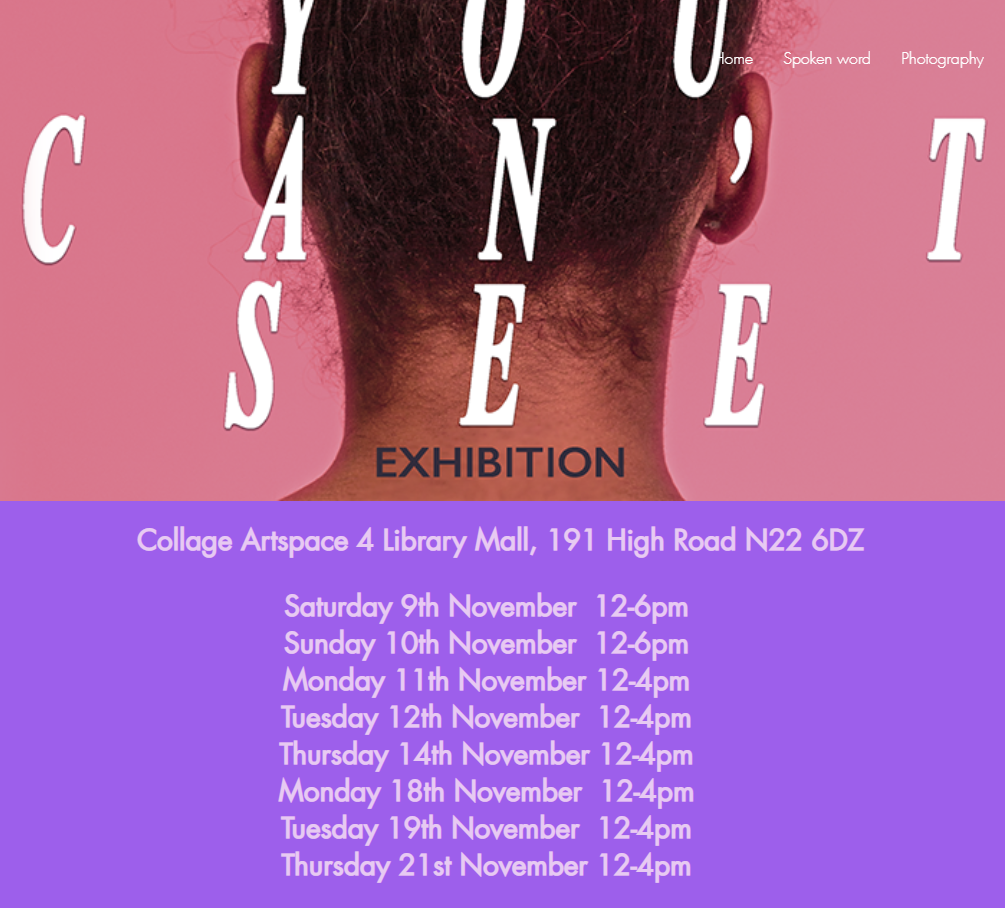
BAME women’s place in history reclaimed by this new exhibition
 Over the past eleven months 50 BAME (Black, Asian and ethnic minority) women have been engaged in workshops at Collage Arts creatively responding to the lives of five historical BAME women. The result is an exhibition called Can’t Be What You Can’t See,’ which re-imagined a future where women of colour are represented.
Over the past eleven months 50 BAME (Black, Asian and ethnic minority) women have been engaged in workshops at Collage Arts creatively responding to the lives of five historical BAME women. The result is an exhibition called Can’t Be What You Can’t See,’ which re-imagined a future where women of colour are represented.
Project curators, Sarah Buller and Dowa Ojarikre, felt strongly that BAME women role models are left out of history. These women face both sexism and racial discrimination at many levels which limits their visibility and influence. So, they decided to create a project that would be fun, creative and build confidence by learning about the history of women in the UK.
Dowa Ojarikre said: “We hope this project and exhibition will help empower BAME women in their everyday life and allow them to better understand their identity. Whilst also encouraging the wider community to learn our real history.”?
Sarah Buller explains. “I learnt more about my heritage through the internet than at school. I couldn’t understand why these stories were left out of history. I am proud that 50 BAME women have been able to shine a light on the lack of inclusion of BAME British women in mainstream history.”
Dowa explains how the project worked. “We had a series of workshops that combined reviewing archive material and a focus on one of five creative practices; photography, film, set design, visual art and spoken word. The creative team, who were mostly under 30, have been able to learn new skills, gain experience and build their portfolios. We hope that this will lead to many of these talented women getting opportunities to take up roles in the creative industries where women of colour are grossly under-represented.”
The exhibition evolved into an immersive experience in a purpose-built set based on a contemporary BAME woman’s bedroom. Dowa continues, “by setting this exhibition in a familiar interior we hope this it will make people feel more at home. This isn’t the sort of exhibition which has the exhibits behind gold ropes, we really want to visitors to interact with the set and enter our reimagined world.’
About the women:
Lilian Bader (1918 -2015) – one of the first Black women to join the Royal Airforce at the outbreak of World War II. Workshop leader Sarah Buller said: “this was a woman who was born in Liverpool raised in a convent from the age of 9, when she became an orphan. She was fired from her job in a canteen because of her race. But she managed to get trained as an aircraft instrument repairer and became a leader aircraft woman in the RAF. The group of visual artists celebrating her life posed the question, what would it have been like if Lilian Bader had been included in the mainstream media?”
This sets the tone for the storytelling approach for the project – it is about reimagining the untold stories of the 5 BAME women through the creative energies and talents of 50 young creative BAME collaborators.
Queen Philippa of Hainault (1310-1369) – The women bringing this story to life were fascinated by the idea of that she was England’s first Black queen. She was an accomplished woman, Queen’s College, Oxford was founded in her honour. But her story has been whitewashed and her accomplishments have not been given the coverage they deserve. The film group take us through the wardrobe into the word of this inspiration woman of colour.
Catalina de Cadones, lady-in-waiting to Catherine of Aragon (1492- 1531) This story fascinated the photography team. Nearly all had studied the Tudors and they thought they know about Henry the Eighth in particular. But within the court was a prominent, Black women advising and supporting the queen. The nature of her role would have meant that Catalina herself would have been treated as a noble woman.
Seaman William Brown (1790 -?)was more enigmatic. This is the story of a Black woman who dressed as a man to join the navy, a pretence she is believed to have maintained for as long as 11 years. The group memorialising Seaman Brown were impressed by her boldness and courage, at a time when woman have very few career opportunities open to them. The exhibition celebrates her time on HMS Queen Charlotte.
The final woman selected was Zaha Hadid (1950 -2016) the award-winning Iraqi born architect. Her work was said to have liberated architectural geometry, one quote described her as the queen of the curve.
They Came Before Us: A History of Women of Colour in the UK is a project funded by the National Lottery Heritage Fund made possible with the money raised by National Lottery players. The project acknowledges the support of the Museum of London, Black Cultural Archives, Feminist Library and The National Archives for their help in accessing source material. The project is run through Collage Arts, a leading arts development, training and creative regeneration charity based in the heart of Haringey’s Cultural Quarter.
‘Can’t Be What You Can’t See’ exhibition opens at Artspace 4, N22 Open Event from 7-21 November (times below) at Collage Artspace 4, Library Mall, 191 High Road, Wood Green, London N22 6DZ, as part of N22 Open Studios. Free Entry all welcome.

